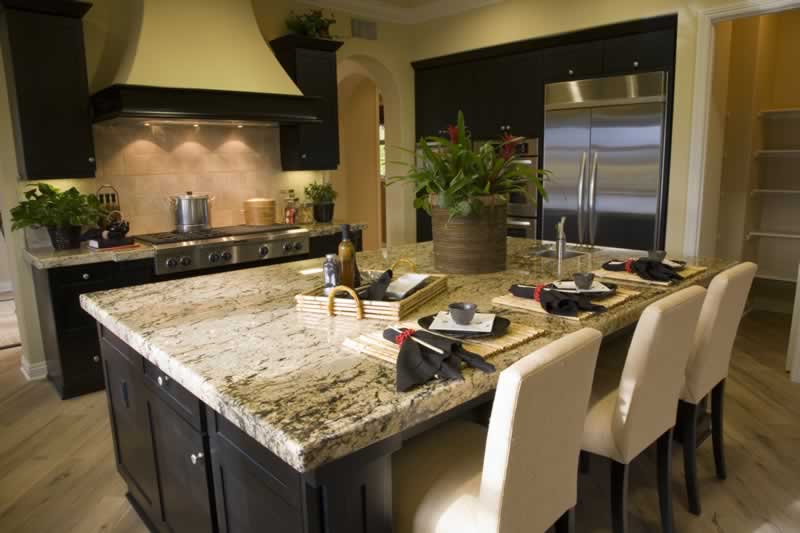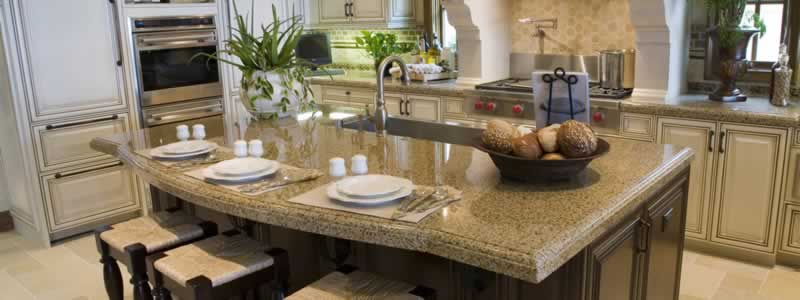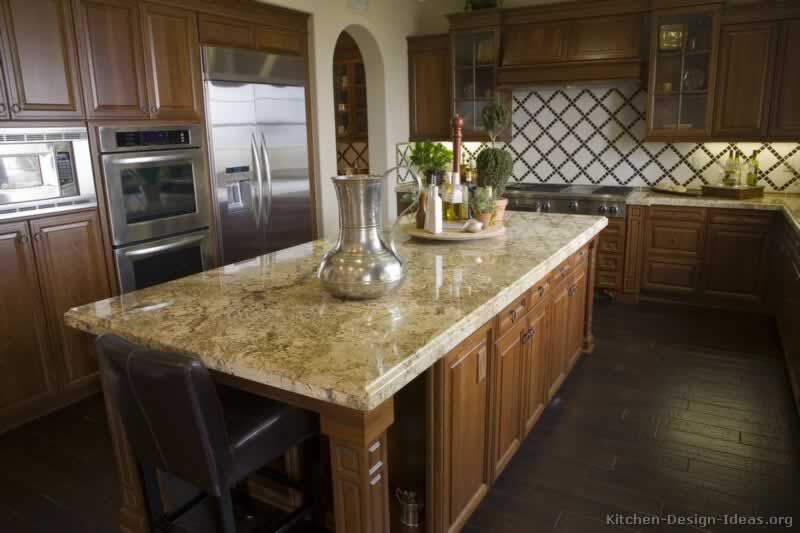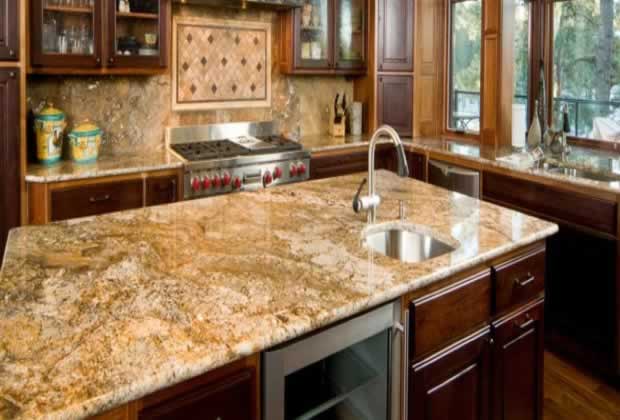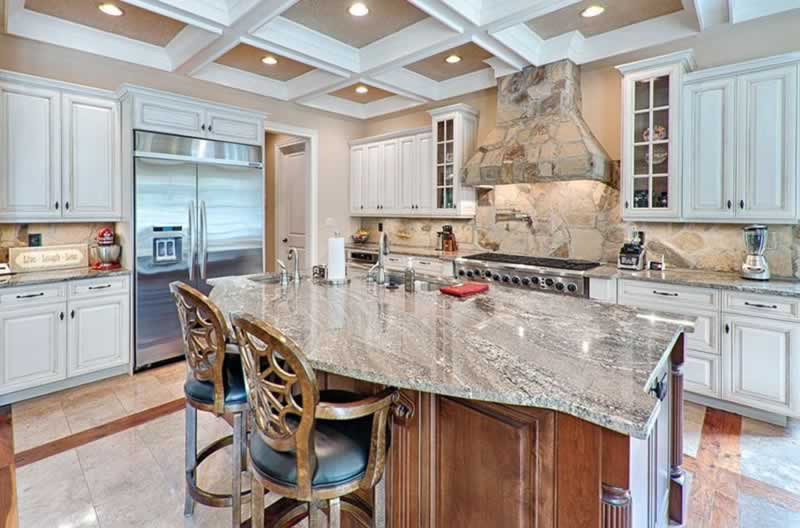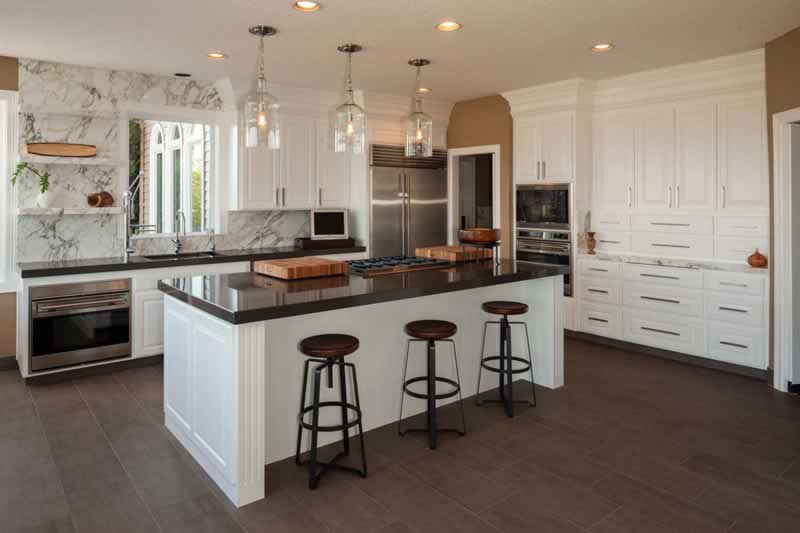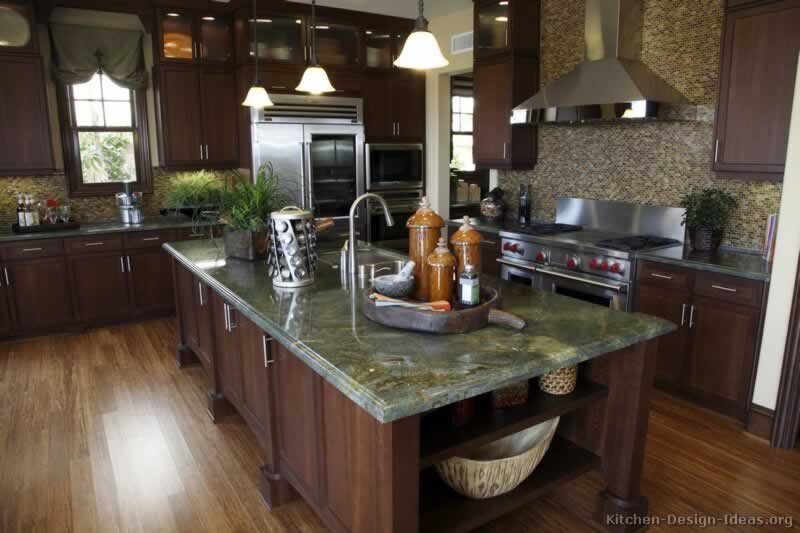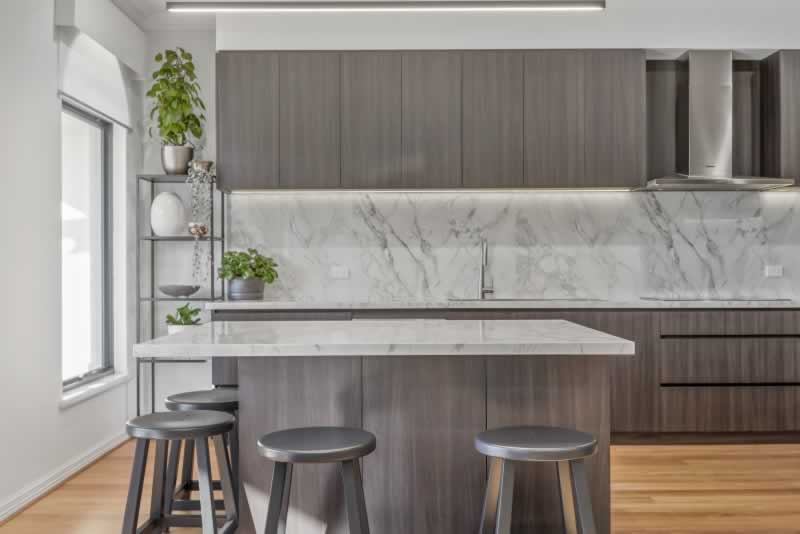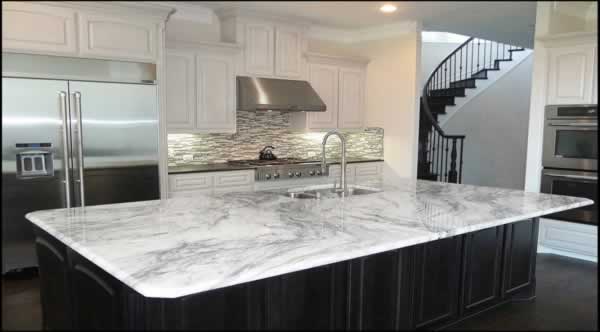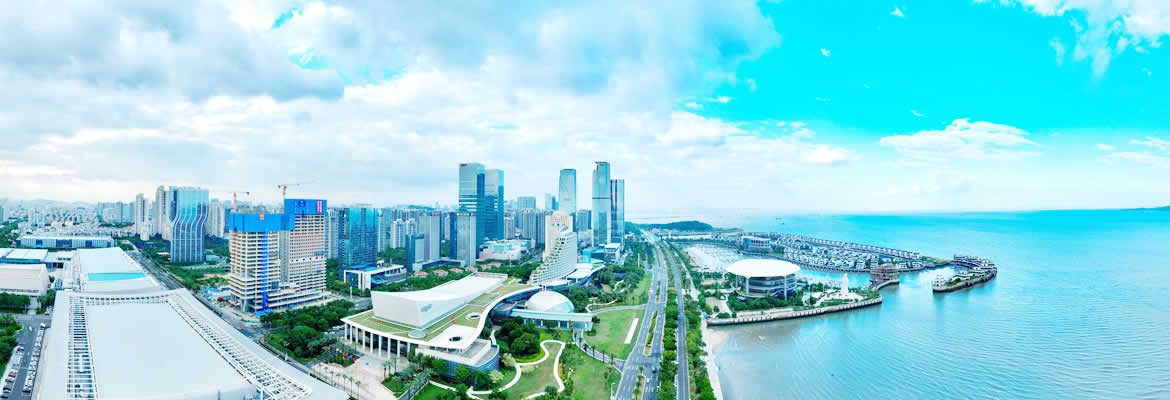Popular Types of Imported Marble:
- Carrara (Italy) – Classic white or gray with soft veining, affordable compared to other imports.
- Calacatta (Italy) – Premium white marble with bold, dramatic veining (more expensive than Carrara).
- Statuario (Italy) – Bright white with striking gray veining, highly sought after.
- Emperador (Spain/Turkey) – Brown marble with rich, swirling patterns.
- Crema Marfil (Spain) – Beige/ivory tone, popular for warm interiors.
- Thassos (Greece) – Pure white, almost no veining (resembles quartz).
- Makrana (India) – Source of the Taj Mahal marble, white with subtle grains.
- Arancio (Brazil) – Unique orange and gold hues, rare and exotic.
Pros of Imported Marble Countertops:
✔ Unique Beauty – Natural veining ensures no two slabs are identical.✔ Luxury Appeal – Adds sophistication and value to homes.
✔ Heat Resistance – Naturally cool, great for baking surfaces.
✔ Timeless – Never goes out of style.
Cons of Imported Marble Countertops:
❌ Porous & Stains Easily – Requires sealing to resist spills (especially acidic liquids like wine, lemon juice).❌ Scratches & Etching – Softer than granite/quartz, can dull over time.
❌ High Maintenance – Needs regular sealing and careful cleaning.
❌ Expensive – Import costs, rarity, and shipping can drive up prices.
Cost Range:
- 250 per sq. ft. (varies by type, rarity, and thickness).
- Calacatta & Statuario are among the most expensive.
- Installation & fabrication adds extra costs.
Care Tips:
- Seal every 6–12 months (use a high-quality marble sealer).
- Clean with pH-neutral cleaners (avoid vinegar, bleach, or harsh chemicals).
- Use coasters & cutting boards to prevent stains/scratches.
Alternatives if Marble is Too High-Maintenance:
- Quartz (engineered stone) – Non-porous, stain-resistant, mimics marble.
- Porcelain Slabs – Durable, marble-look options.
- Granite – Harder than marble but still natural.
